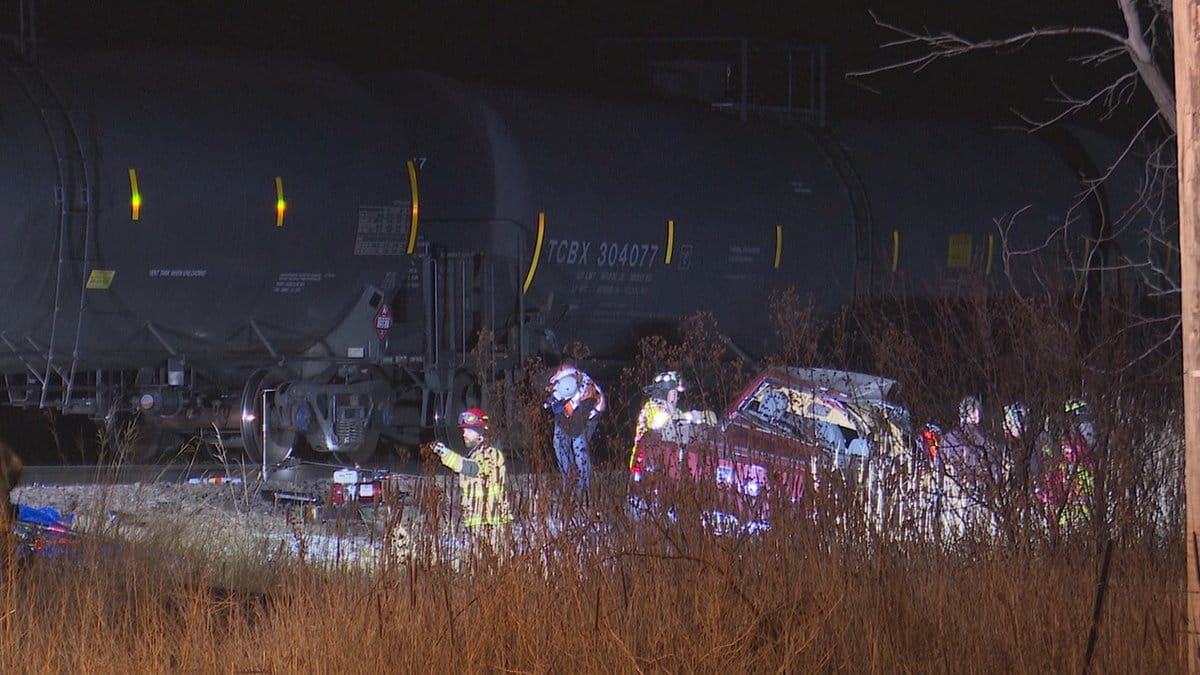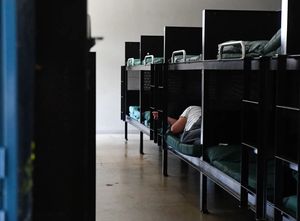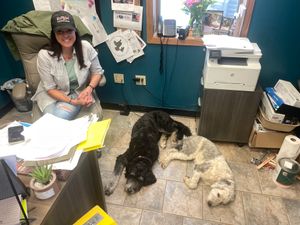HARRISBURG, S.D. – Jodi Kuipers learned the hard way how much time, work and determination it takes to get safety improvements made at a railroad crossing in South Dakota, even at the site of a tragedy that took the lives of two of her closest family members.
Driven first by sorrow and then by anger, Kuipers went on a mission to have lights and safety gates installed at a railroad crossing south of Harrisburg. Her twin sister and niece were killed there on Dec. 7, 2022, when an oncoming train struck the pickup they were riding in.
Roughly two-thirds of the nearly 2,000 railroad crossings in South Dakota are marked only by signposts with “railroad crossing” crossbucks. That’s the case on the gravel road where the accident occurred, a popular shortcut to avoid urban traffic in the fast-growing area of southern Sioux Falls.
The crash killed front-seat passenger Jennifer Torgerson, 45, and her 12-year-old daughter, Kaylee Torgerson. Phil Torgerson, the driver of the truck who was Jennifer’s husband and Kaylee’s father, suffered serious injuries but survived. It happened less than a mile from their home.
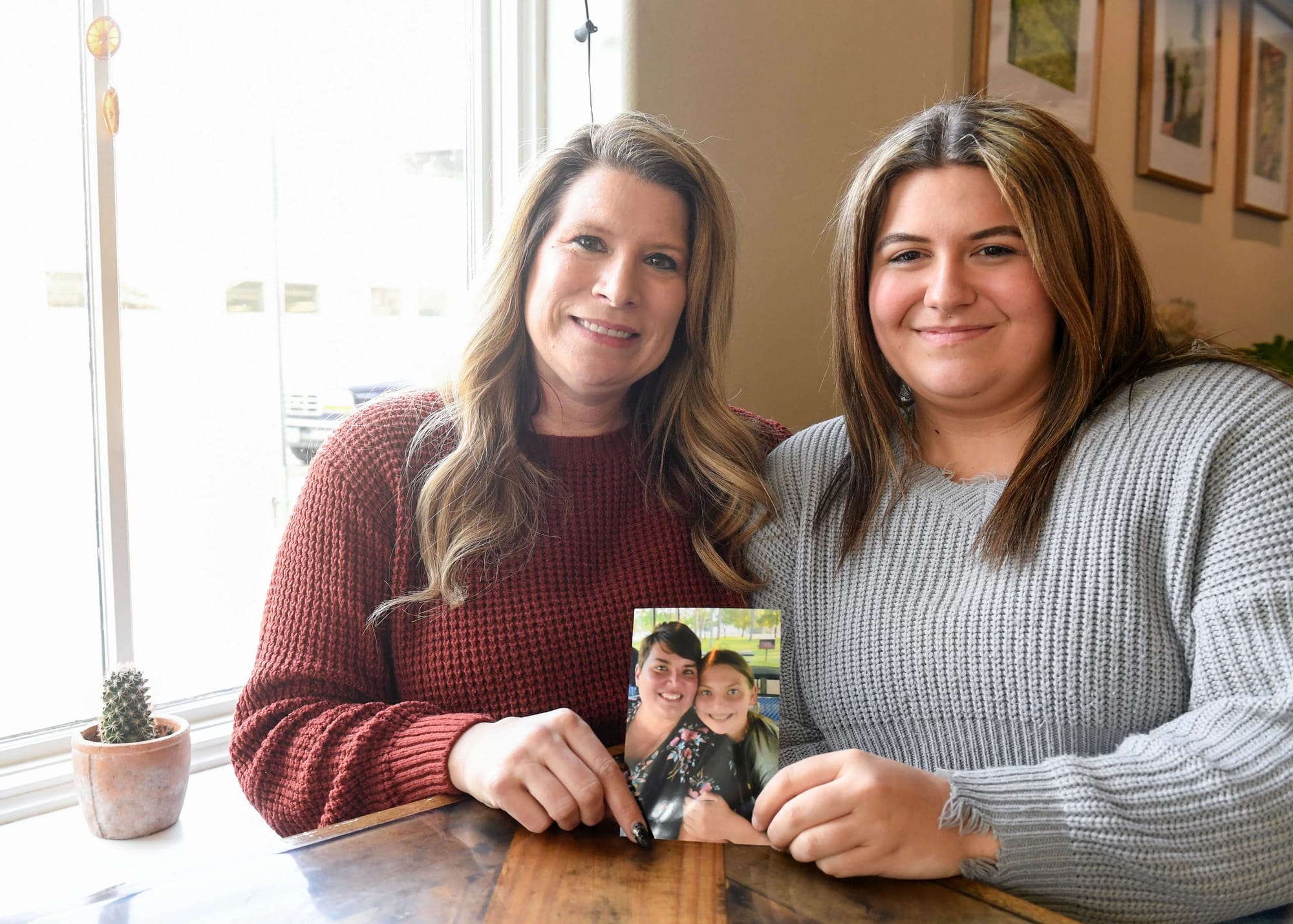
‘Small-town girl wasn’t going to shut her mouth’
In the days and weeks after the accident, Kuipers, 45, contacted numerous local, state and federal officials as well as representatives of BNSF, the railroad company whose train struck the Torgersons.
Through countless calls and emails, Kuipers kept a detailed spreadsheet with a timeline of her requests and responses received. Kuipers said she was initially met with bad news — that money wasn’t available for improvements and that any safety changes could take years.
But earlier this year, Kuipers was told by state officials that an expedited safety review had been done and funding had been appropriated to add signal lights and safety gates at the intersection in late 2023 or early 2024. A circular yellow sign with blinking lights has been erected at the crossing as a temporary warning.
Newsletter: Get the latest stories from SD News Watch in your inbox
With improvements promised, Kuipers credits her successful campaign to her own diligence, the support of family, friends, community members and local media, as well as interest taken by Lincoln County Commissioner Joel Arends and eventually Brace Prouty with the state Department of Transportation.
“It was pretty difficult to get anyone to talk to me at first,” Kuipers told News Watch. “But when I started these conversations, I made it known that I was not backing down. … I was going to call everyone, and they knew that this small-town girl wasn’t going to shut her mouth.”
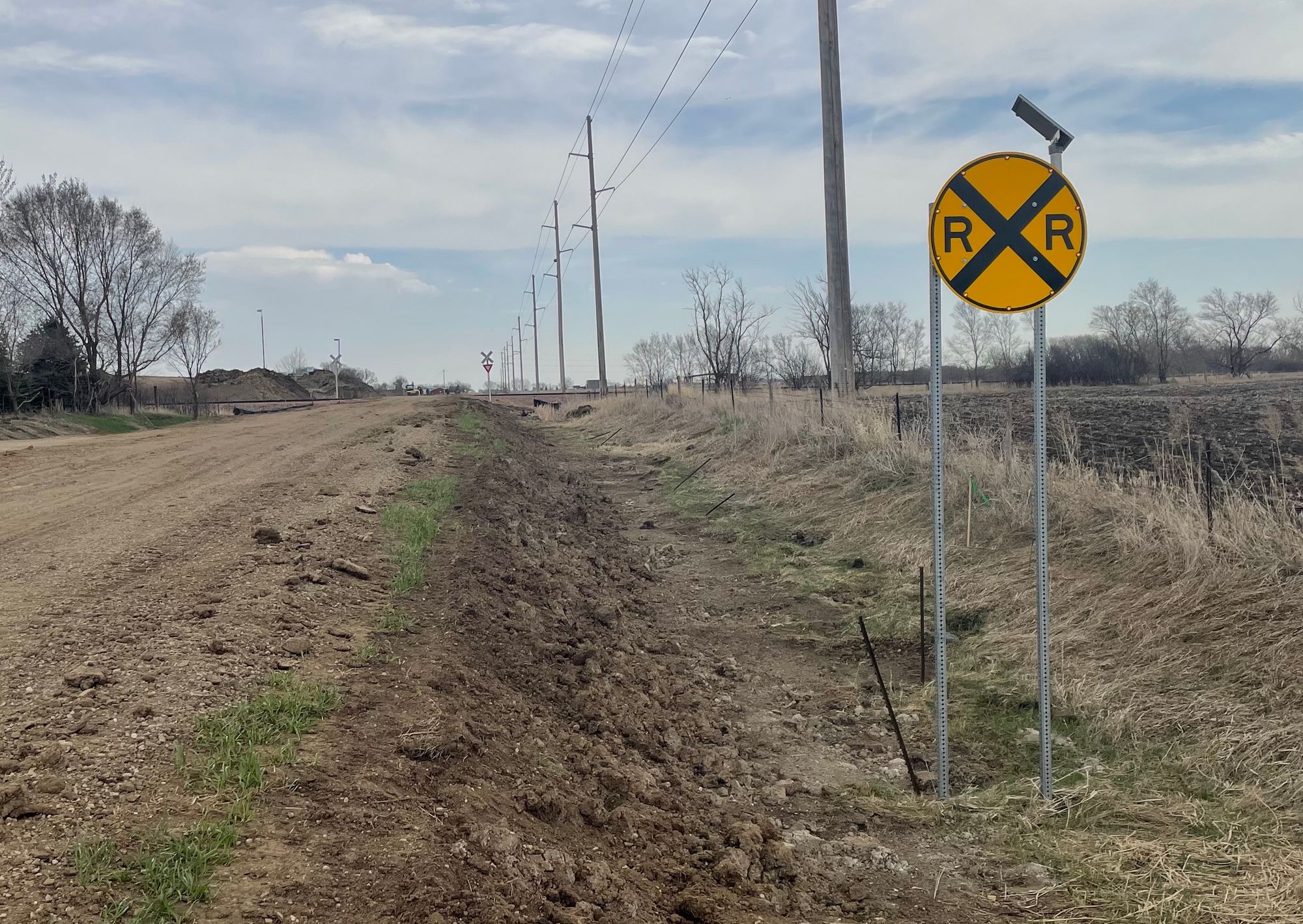
1 in 10 South Dakota railroad crossings has no safety markers
Railroad safety concerns have taken on new significance in recent months as the U.S. has dealt with a number of major train derailments, including some with the release of dangerous chemicals.
Recent reporting by South Dakota News Watch has also revealed a high level of secrecy maintained by railroad companies, which are not required to inform the public about what hazardous materials are being carried on rail cars, at what levels and in which locations.
In South Dakota, trains carry 11 billion pounds of chemicals annually. But neither the public nor state officials are aware of what materials are being shipped on railroad tracks that along some stretches are more than a century old.
As for railroad crossings in South Dakota and other Great Plains states, rail lines and state governments provide relatively few active safety mechanisms.
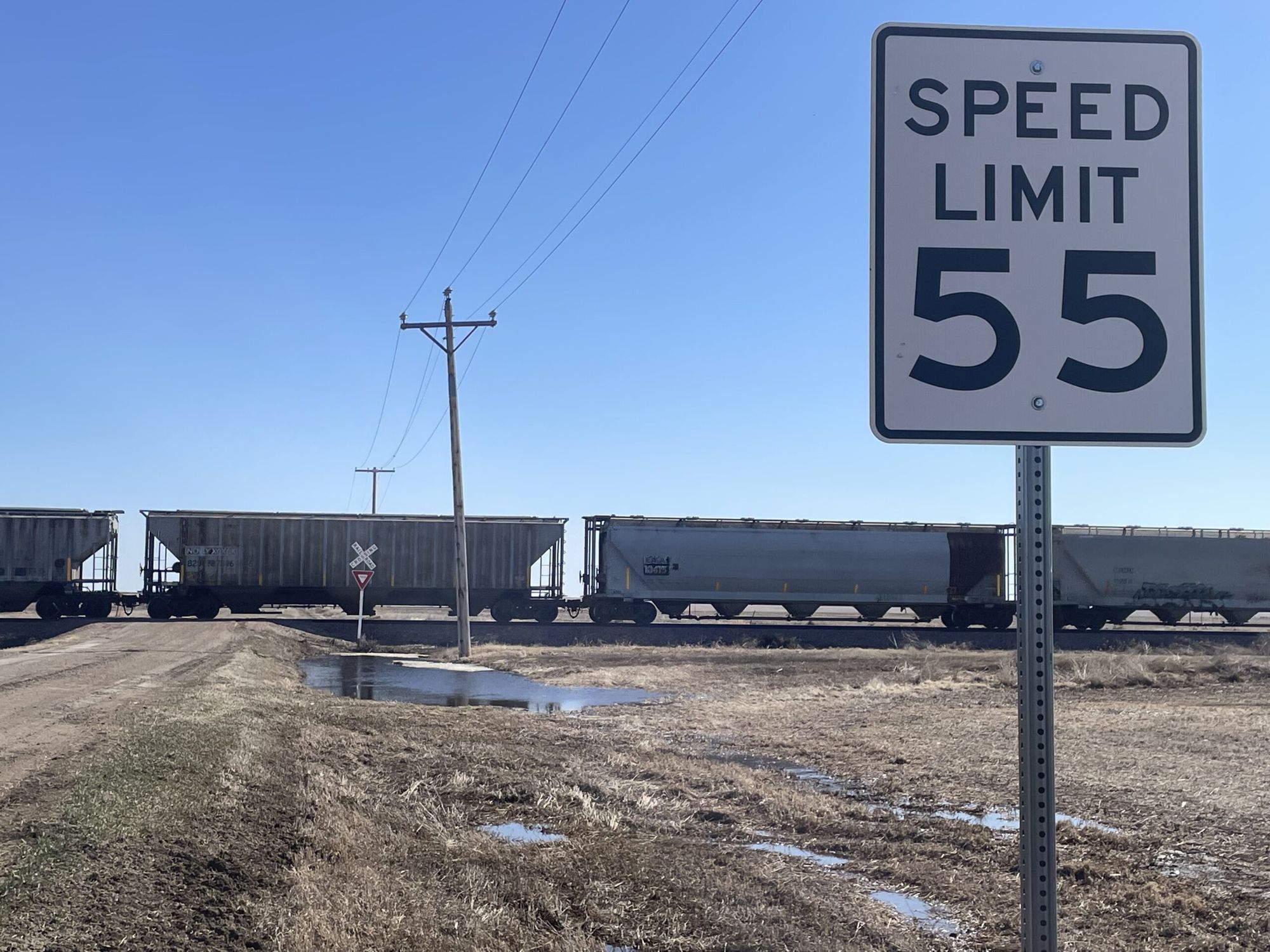
Data from the Federal Railroad Administration show that of the 1,869 total crossings in South Dakota, two-thirds (66%) are marked only by crossbuck signs. Roughly 1 in 10 crossings has no safety marker or signal. Of the remainder, 214 (11%) have flashing lights, 134 (7%) have safety gates and 112 (6%) have stop signs. In many cases, railroad crossings on gravel roads are marked only by static crossbuck signs on roads where speed limits are 55 mph.
It’s not only rural areas that lack active safety measures. Of the 90 crossings in and around Sioux Falls, 43 are marked only by crossbuck signs, and in the Rapid City area, eight of the 37 crossings are marked only by crossbucks, according to the FRA.
8 killed and 38 injured in past decade at SD railroad crossings
On March 30, 2023, South Dakota was one of 12 states to receive part of a $231,000 investment in railroad safety public information campaigns by Operation Lifesaver, a non-profit group that works to prevent railroad crossing accidents.
The money allocated to programming in South Dakota and North Dakota will be used to develop social media content and educational events aimed at helping farmers and drivers of cars, buses and trucks be safer at railroad crossings, said Kevin Brown, Operation Lifesaver coordinator for the Dakotas.
Federal data show that South Dakota had 121 train-versus-vehicle accidents from 2012-2022, including eight fatalities and 38 injuries. Nationally, 273 people were killed and another 769 injured in the 2,178 train-vehicle accidents in 2022, FRA data show.
Rail industry officials point out that railroad crossing collisions fell by 39% between 2000 and 2020, and that ultimately drivers are mainly responsible for avoiding accidents.
“Because trains often require more than a mile to stop and they cannot deviate from their course, safety at grade crossings is primarily the motorist’s responsibility,” Lena Kent, BNSF director of public affairs, wrote to News Watch in an email. “The warning devices are there to alert motorists, not trains.”
Kent wrote that the majority of rail-related accidents are preventable and “are due to human error such as driving around gates and illegally using tracks as a shortcut.” She said that states, not railroad companies, are responsible for diagnosing risks and determining safety needs at individual railroad crossings.
Public pressure is often the only way to get action
Prouty, the South Dakota DOT safety engineer, told News Watch in an email that the state annually evaluates railroad crossings to prioritize spending on safety improvements. But it doesn’t allocate state money for improvements. Instead, the state enters into agreements with the road authority and private railroads to pay for improvements, which are also supported with federal funds.
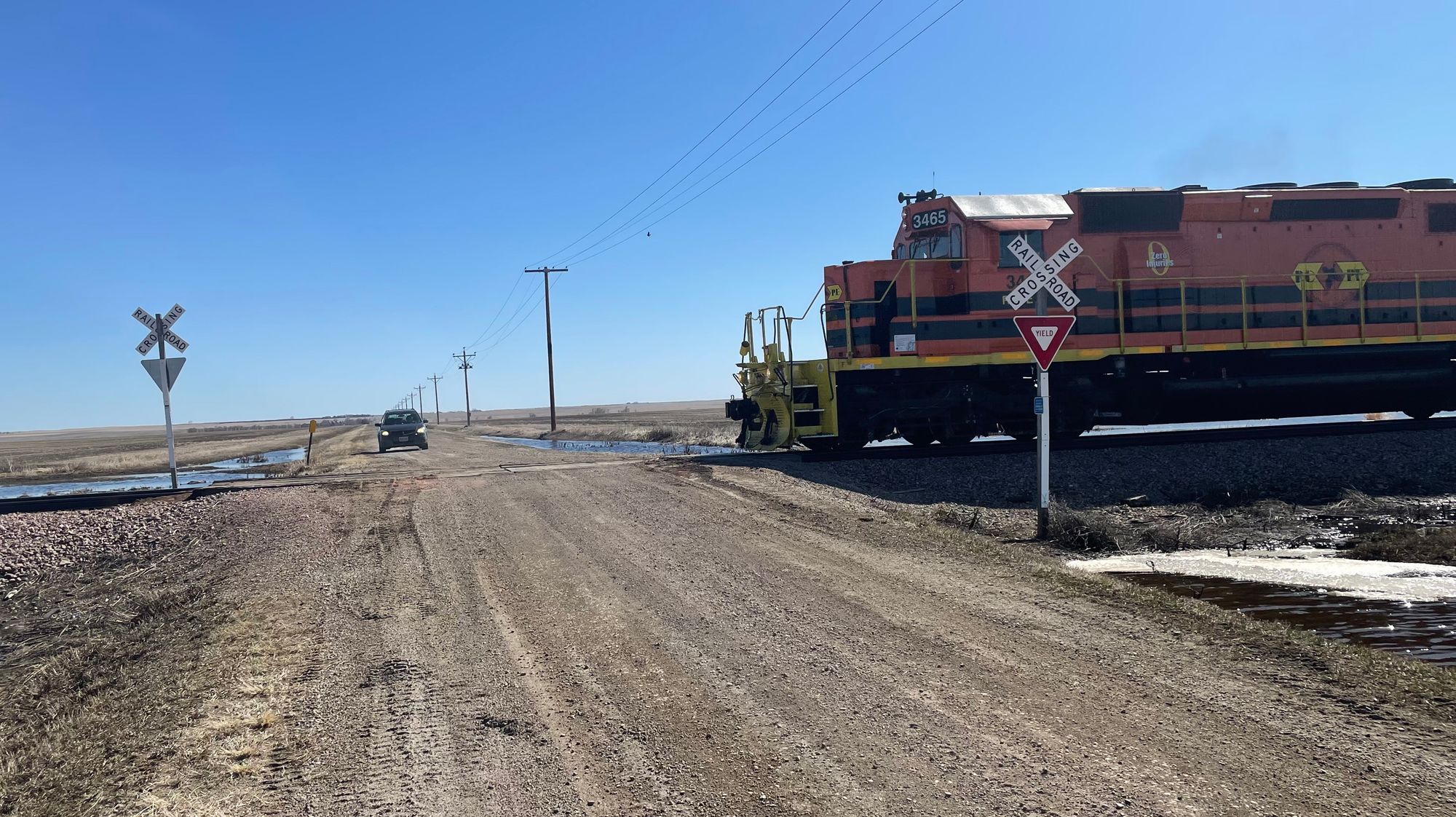
Prouty said diagnostic inspections include an on-site meeting in which all stakeholders look at train and vehicle traffic volumes, speeds and other safety factors.
State government and railroad companies have been reluctant to spend the money needed to improve safety at railroad crossings for generations, according to Robert Kolbe, who served on the Minnehaha County Commission from 1989-2009.
“You almost have an act of Congress to put something new in,” he said.
Kolbe recalled that during his commission tenure, the county was pushing the state and a railroad company to improve safety measures at a crossing near Crooks, just northeast of Sioux Falls, where there had been a pattern of accidents. Eventually, the state and company agreed but only after extensive pressure from the county, the public and other government agencies, he said.
“You have to embarrass the heck out of them locally, because you can’t make them do something if they have decided not to,” Kolbe said. “It takes a lot of pushing and nudging and they’ll only comply if there’s something that makes them look bad.”
675 pedestrians in U.S. killed by trains in 2022
A look at data surrounding how trains operate should serve to warn drivers to be cautious at railroad crossings, said Tammy Wagner, a railroad safety specialist with the Federal Railroad Administration.
A freight train weighing up to 6,000 tons and traveling 55 mph can take more than a mile to stop, and the weight ratio of a car to a train is equivalent to a soda can and a car, she said.
“We all know what happens to a soda can hit by a car,” Wagner wrote to News Watch in an email.
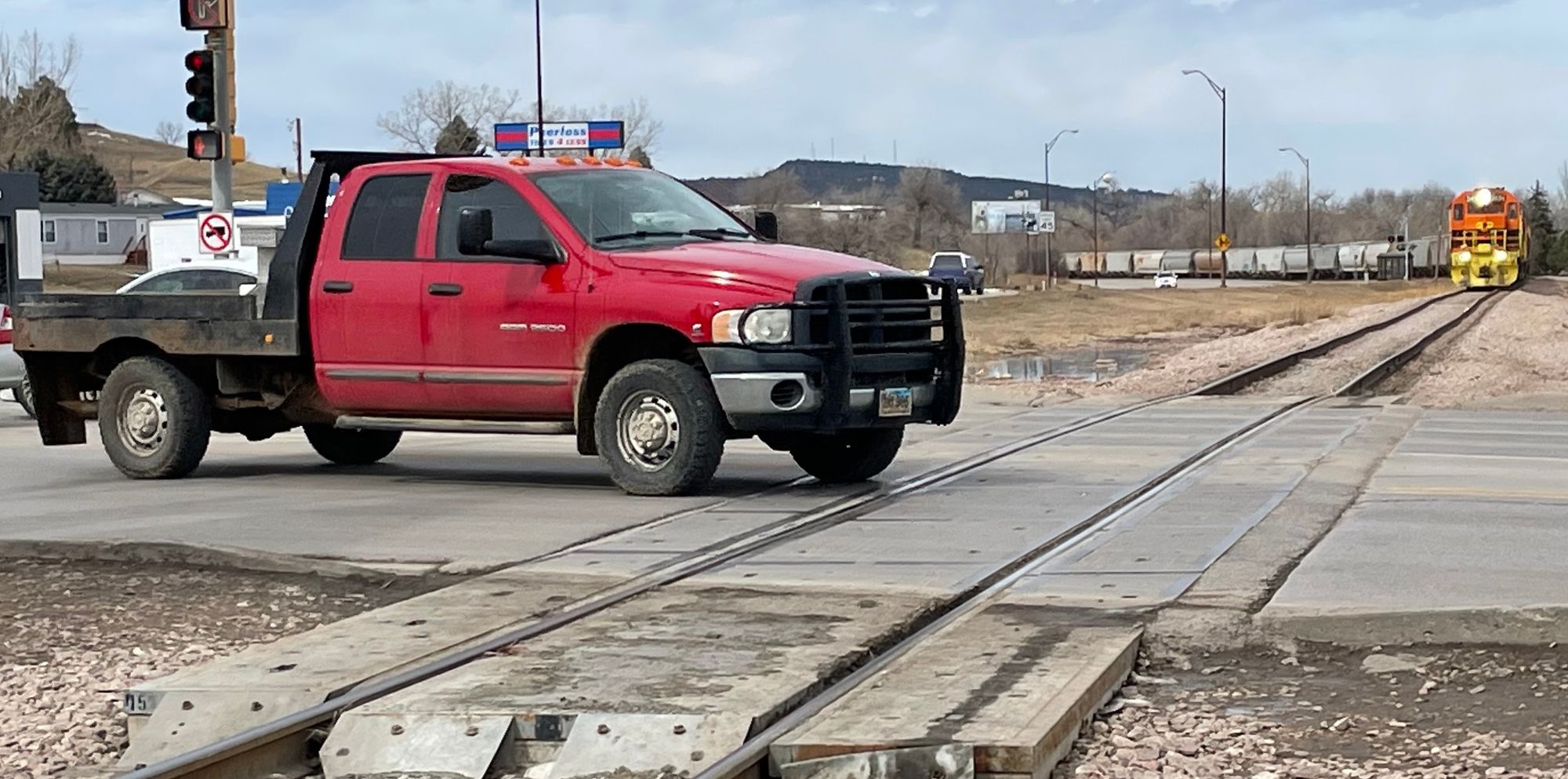
U.S. railroad companies reported that 675 people were killed while trespassing on train tracks in the U.S. in 2022, Wagner said.
That’s largely because modern trains are far quieter than in the past, and trains are typically approaching faster than what’s apparent to the naked eye, she said.
Wagner also noted that walking on train tracks is illegal and that pedestrians should know that train cars can extend three feet beyond the rail lines on either side when in motion.
Harrisburg railroad crossing was concealed
Kuipers said in an interview and in emails sent to officials that the railroad crossing near Harrisburg where her sister and niece were killed was known to be hazardous and had a terrible line of sight for drivers.
“The line of vision there is skewed from both ways, and at some angles, you can’t see anything,” she said.
A News Watch reporter visited the site and found that while heading eastbound on 274th Street, a homestead and line of trees block much of the vision of the train tracks and crossing on the north.
Meanwhile, a westbound motorist — like Phil Torgerson on the fatal day — also faces a sight line of the tracks to the south that is obscured by a line of trees. On the north side of the crossing, a motorist could have difficulty seeing or hearing a train due to a berm rising along the tracks and a curve in the rail line just before the crossing where the speed limit is 35 mph.
According to the South Dakota Highway Patrol accident report, the Torgerson accident occurred at 4:43 p.m., a time when the December sun would have been low on the horizon and potentially right in his eyes. All occupants of the pickup were wearing seat belts, and neither alcohol nor drugs was a factor in the crash, the report said.
Didn’t see the train before impact
During her quest for safety, Kuipers said she was amazed by the support she and the Torgerson family received from community members and government officials who took up her cause.
She was disappointed, however, because emotional messages to Gov. Kristi Noem and members of the congressional delegation didn’t elicit a response outside of a brief email sent by a staff member for U.S. Sen. Mike Rounds.
“I’ve been in South Dakota for 45 years, and you would think that when you send something like that, and for such a tragic way for them to pass away, you’d think you would get a little more correspondence,” she said. “It’s kind of heartbreaking as a citizen of South Dakota.”
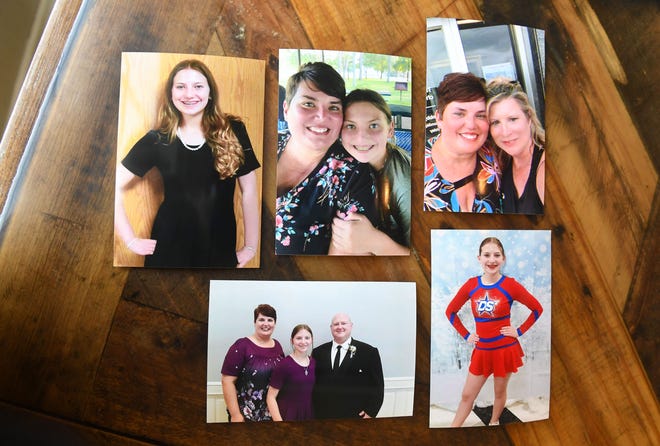
Kuipers, who lives in Platte, said she spoke to her brother-in-law recently and he remains in deep mourning over the loss of his wife and daughter but is slowly recovering. Kuipers said he told her he did not see the oncoming train until the last moment before impact.
Kuipers is suffering her own individual sense of loss, and she choked up during an interview while describing how she and her sister were very close and how her niece was a happy child who was active in competitive cheer.
Losing a twin has made the loss hit harder, Kuipers said. But it has also added to her resolve to prevent future accidents at that railroad crossing and possibly others across the state.
“It’s not just another sibling. It was the person I shared my room with and my birthdays with,” she said. “They were both really great people, but we don’t get a choice in this because it’s all in God’s hands. But if it means at the end of the day I have to fight so no other family has to go through this, then it’s all worth it.”

